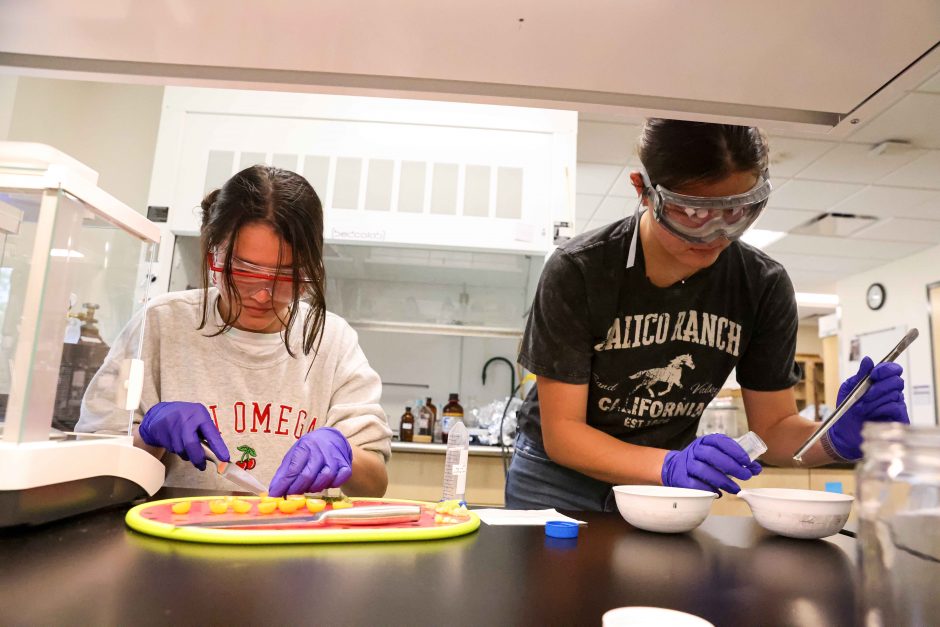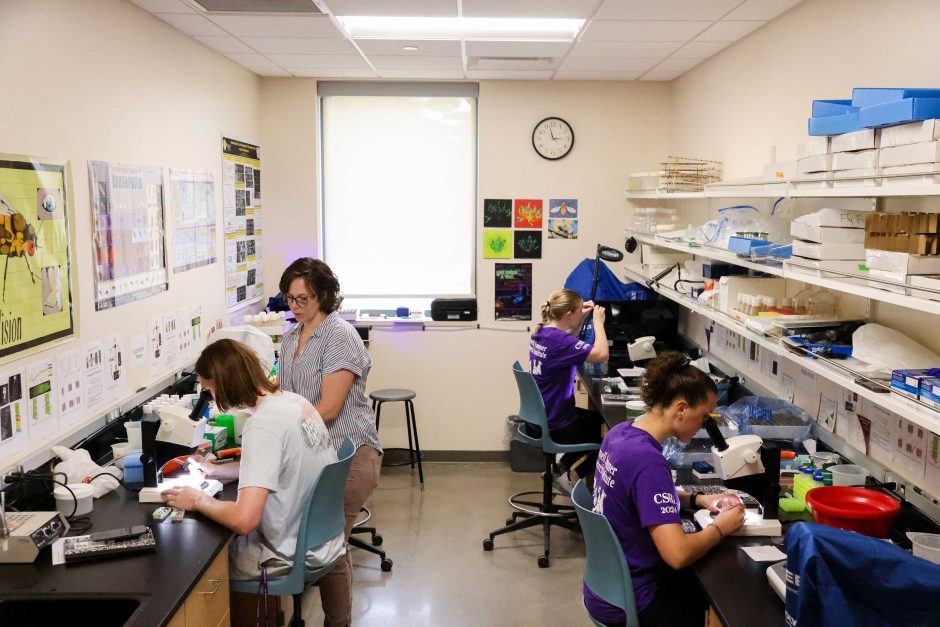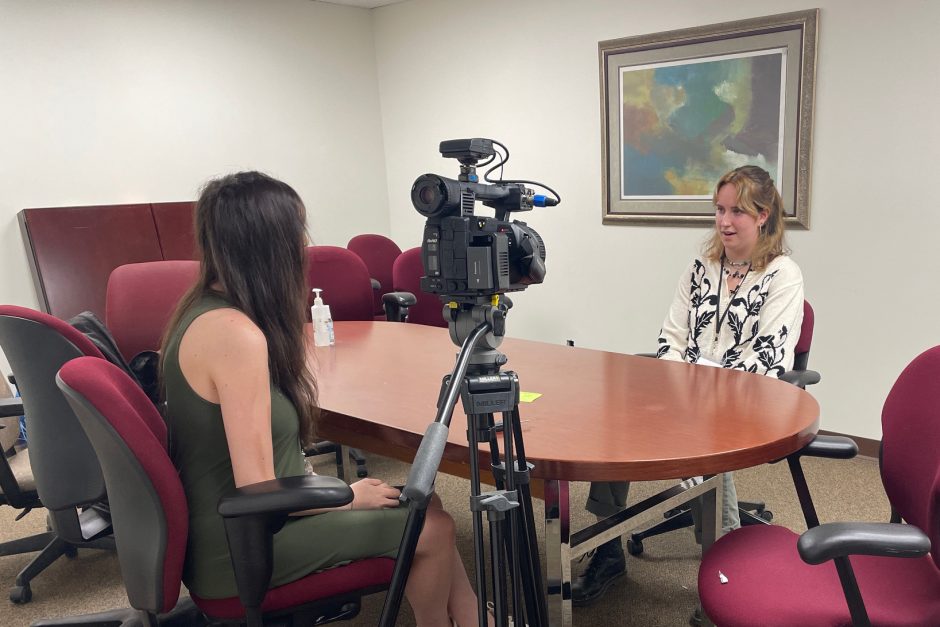Summer research explores marine animals in Caribbean Sea
Professor Craig Tepper’s lab is filled with questions about what’s happening far from Mount Vernon, Iowa—in the Caribbean Sea.
“My lab is interested in how warming ocean temperatures affect coral reefs,” Tepper said. “We are interested in a particular type of coral; we work with fire coral.”
The coral samples come from two locations within the Caribbean Sea—Belize and the Bahamas. What they are exploring in the coral, however, is too tiny to see.
“In particular, we are looking at a symbiont, a little photosynthetic protist, that lives within coral cells and provides physiological advantages to the coral and allows them to survive increased temperatures,” Tepper said.
Amanda Leimbach ’18 is working with Tepper on the coral samples.
“I think it’s really cool how you can take something so simple, like coral, and find something so complex in it.”
Mary Tamo ’19 and Libby Anderson ’18 are on an underwater exploration of a different sort. They’re examining snails found near the shore of the Caribbean.
“We have successfully isolated the RNA and we have successfully synthesized cDNA. Our ultimate goal, for at least the snail project, is to find out whether or not if there are symbiodinium present in the snails.”
The symbiodinium are single-cellular organisms that live within marine invertebrates and depend on the sun to survive. So, you wouldn’t expect to find them in a shelled animal, but there’s evidence they might exist there.
To learn more about this CSRI project, watch their video story:



